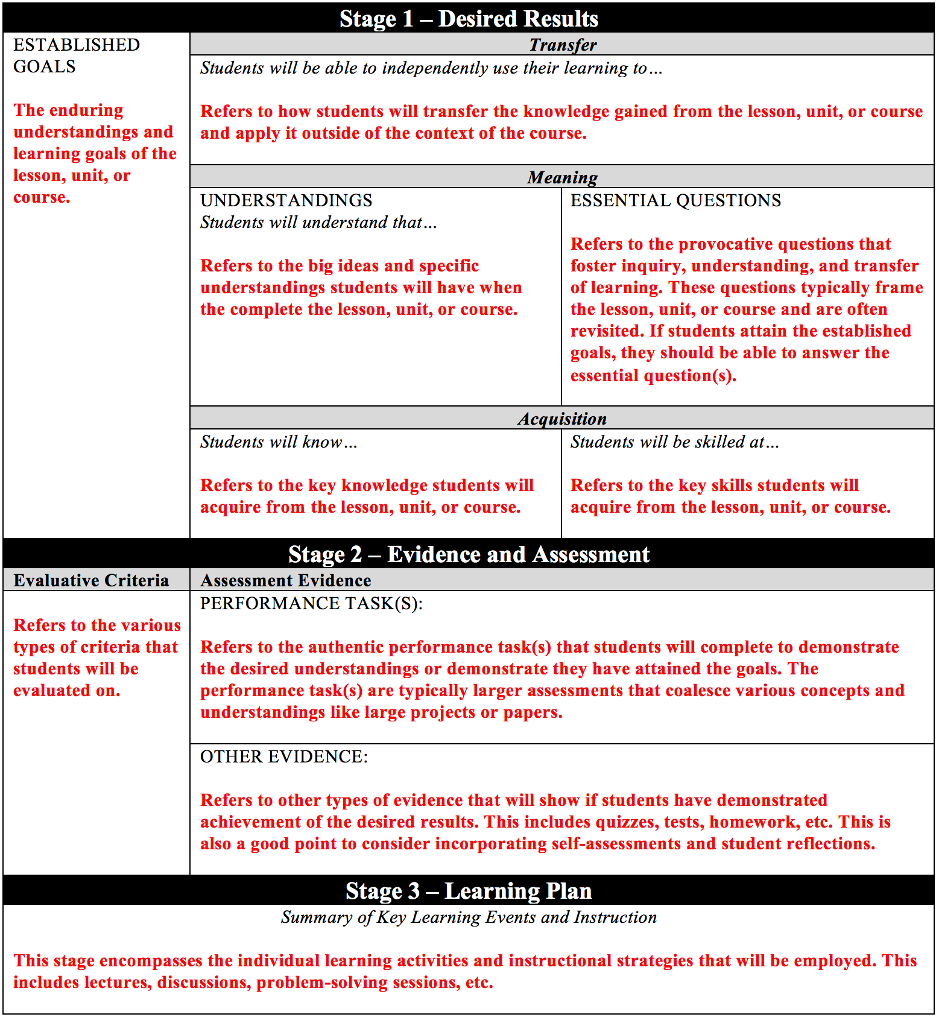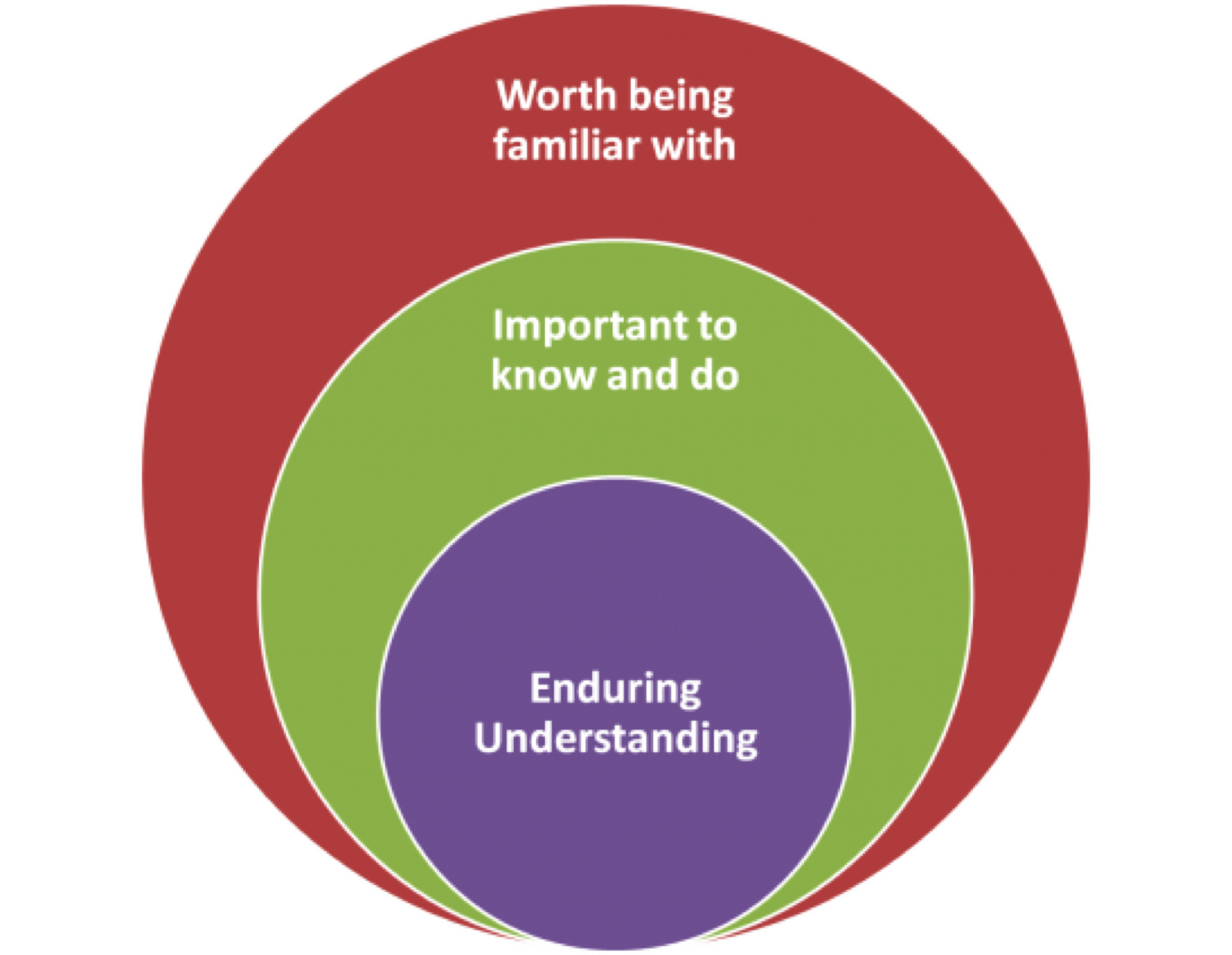Table Of Content

Gulla Jonsdottir is an Icelandic Architect creating unexpected and poetic modern designs from her eponymous Los Angeles-based design studio. Known for her sensual and dynamic forms that work harmoniously with their surroundings, Gulla’s environmental compassion brings unique spatial experiences. MI Design is a consortium of design professionals with project types focused on Interior Design.
Stage Three – Plan Learning Experiences and Instruction:
For over 50 years, our four programmes provide a solid, consistent framework and the flexibility to tailor students’ education according to their culture and context. With this “after” version, every lesson is designed to prepare students to give excellent presentations at the end. The whole time, they are using the lunar cycle vocabulary, correcting each other’s misconceptions, and just like scientists, thinking about how to explain concepts to other people. With a good rubric in place, we then work backwards to determine what lessons students need to do excellent work on the final assessment. So if we re-do this unit plan with backward design, we’ll need to start by developing an assessment that would measure success with that standard. It would be easy to blow off this distinction, to say Bah, same difference.
Step three: Create lessons & activities
Crafting realistic learning outcomes requires some understanding of students’ prior knowledge and skills in your subject. In Understanding by Design, Wiggins and McTighe argue that backward design is focused primarily on student learning and understanding. When teachers are designing lessons, units, or courses, they often focus on the activities and instruction rather than the outputs of the instruction. Therefore, it can be stated that teachers often focus more on teaching rather than learning.
Traditional Lesson Design
A formative assessment does not look backwards but it focuses on the present of where the student is right now, it looks to the future. Summative means there is no opportunity to "re-do", it is for real, like the championship game. How will students be able to know they have succeeded in learning the core concepts and competencies?
Ohio's license plate mistake depicts a plane flying backwards - NPR
Ohio's license plate mistake depicts a plane flying backwards.
Posted: Mon, 25 Oct 2021 07:00:00 GMT [source]
Before applying the backward design model, understanding the 7 principles and the big picture will support effective planning with clearly defined goals, aligned assessment and coherent lessons. The following examples are simply suggestions for what creating backward design lesson plans might look like. When creating your own lesson plans, please refer to your state’s or school’s specific academic standards. What do you want students to know or be able to do at the end — explain how cells work? Backward lesson design begins with identifying a specific desired outcome.
The Ultimate 2024 Summer Reading List for Professors
All the lesson planning in the world won’t necessarily guarantee that students will retain and master new concepts. To gauge effectiveness and find evidence of learning, you’ll need to plan regular mini-assessments throughout the course of a unit or lesson. For example, in preparing lessons on Speaking and Listening, in the Common Core. A teacher should ask himself, what will count as evidence of learning? In this template, think of goals as the course learning outcomes (CLOs), the essential understandings as the core concepts and competencies, and performance tasks as the learning objective.
All CFT Teaching Guides
By focusing on the end goals you want to achieve, then emphasizing assessment types and content, you ensure that your lessons will always teach students what they need to know to pass tests. Pursuant to the Backward Design model, desired results of instruction might be based upon national, state and local standards. Results might be tied to professional goals and workplace needs, as well.
In this article, the author explains the concept of ‘Understanding by Design’ and how that applies to teaching and learning. The first and most important problem is a lack of durable, transferable learning. One reason so many of us don’t remember much of what we learned in school is that we learned it through this haphazard, topic-driven approach. These random activities are taking up precious time that could be spent on much more valuable stuff. This knowledge is considered knowledge worth being familiar with.

The second step establishes a definable target, an objective that you can measure. The next step is to determine appropriate assessments to demonstrate success with the objectives in place. The final step is where the educator decides which activities and teaching methods are best suited to achieving the learning goal.

How you evaluate and grade an assessment should also track with your intended learning outcomes. If your ILO states that students will be able to analyze the relationship between two concepts in a term paper, then grammar and conventions should not be a large part of the grade, particularly if they can satisfactorily complete the analysis. A well-designed rubric can help you align your assessments to your intended learning outcomes.
By grades 11–12, students in California public schools should be able to “use precise language, domain-specific vocabulary, and techniques such as metaphor, simile, and analogy to manage the complexity of the topic,” in works of literature. What your students will know and skills they will learn by the end of the course. Any method you use to determine the nature and degree of student learning. Using the Backwards Design approach will help you align your assessment, curriculum, and instruction.
If we don’t plan learning experiences that make that possible, we’re giving them a sub-par education. I was first introduced to this concept in my sixth year of teaching, and the genius of it completely blew me away. I used it when planning my next unit and experienced the biggest spike in student success I’d ever seen. On top of that, I was actually excited about teaching the lessons I had planned. For the first time, it felt like none of my class was wasted; everything actually mattered.
In 2017, Malamed, an e-learning coach, argues, “by reducing the extra mental effort required to learn new information, we can assure greater learner success” (Malamed, 2017, Par. 3). While we have little control over the demands placed on our students outside of the educational environment, we can take steps to reduce the extraneous load placed on students during the learning process. Notice that a general learning outcome (“tease out the laws of electromagnetism…”) is rather non-specific.

No comments:
Post a Comment